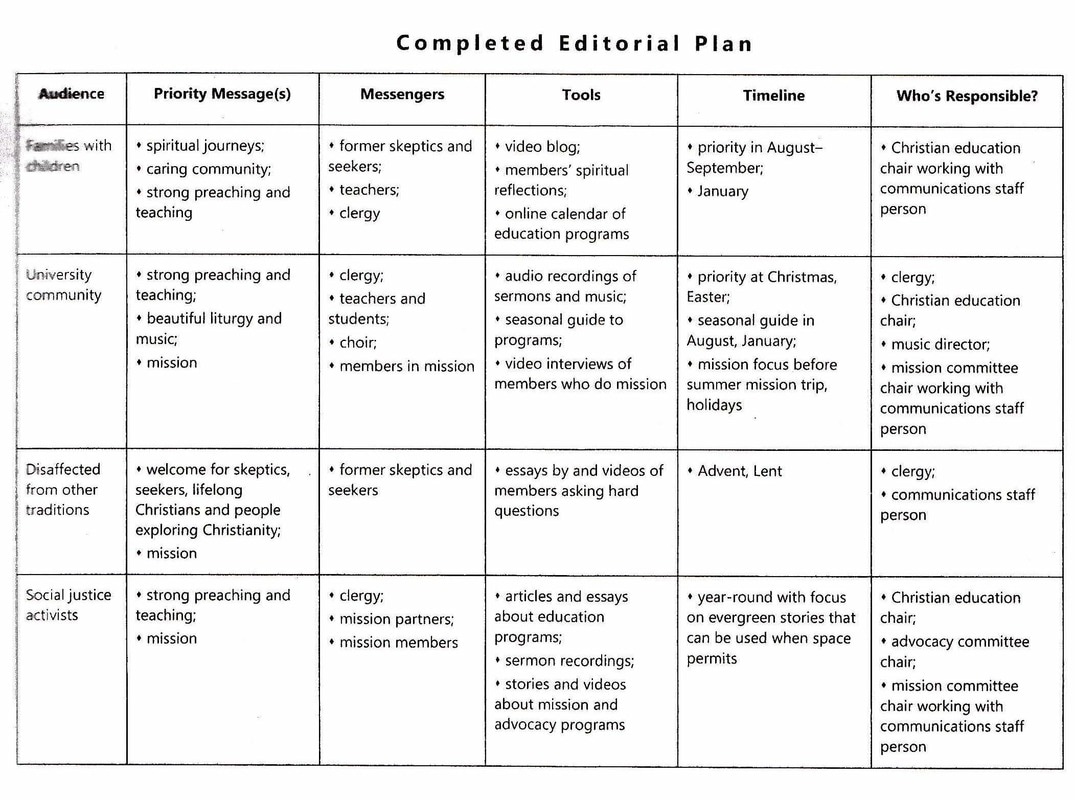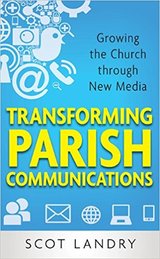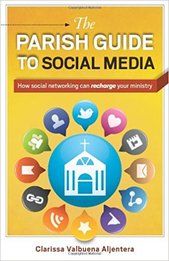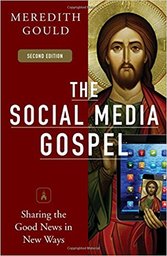Communication Toolkit
Design Process
1. Overview: Why Parishes Need a Communications Plan
|
1. Overview: Church Communications
|
Four Reasons You Need a Communications Plan for Your Church
By Jonathan Howe Here are four reasons you should have a communications plan in your church.
Six Components of a Strategic Church Communications Plan
By Jonathan Howe While this paradigm may not fit every church, you can use it as you develop your plans for informing your congregants and promoting events or initiatives in your church. These six components, if identified and executed well, can dramatically improve the effectiveness of your church’s communication.
|
2. Assess: Conduct a Communications Audit
|
|
|
A communications audit can help answer such questions as:
Key elements in a communications audit include:
Resource #1. A Communications Audit
Meredith Gould (The Social Media Gospel, pages 121-123) Purpose: Review and analyze everything created and used by a church to communicate (print, digital, broadcast) with all audiences (internal and external). Scope:
Materials to Review:
Resource #2. Conduct an Audit using "33 Questions for Auditing Your Church's Social Media Effectiveness"
(https://brandonacox.com/communications/dare-audit-churchs-communication-strategy-33-questions-ask) Use the "33 Questions" following article to develop an audit of your parish's approach. The questions are organized into the following categories:
Resource #3. Communication Audit Research Tools: Survey Questions & Focus Group Questions
Resource #4. Communications Audit for Churches
This Communications Audit for local churches is designed to help evaluate their current communications presence and explore ideas of what more could be done to increase visibility. Whether you have a minimal budget for communications or a team of professionals, it is important these tools work together to enhance your message to current members, staff and potential new members.
Resource #5. Bulletin Evaluation Download the Bulletin Bingo to evaluate the state of your church bulletin.
| |||||||||||||||||
3. Plan: Develop a Communications Plan
Communication Design ProcessCreating a Church Communications Plan
Strategic Communications Plan
(https://www.presbyterianmission.org/ministries/communicators-network/strategic-communications-planning) Creating a strategic communications plan may be one of the most overwhelming, challenging and frustrating tasks for any communicator. However, a sound communications plan is key to conveying your church’s message to your congregation as well as local and national communities. Communications planning is an intentional process that looks at what each of your church’s audiences need to hear from you. Below is a communications plan template to help you develop a strategic communications plan to help keep the congregation and community informed and engaged with your church. Communications Plan Template
Resource: How to Create a Church Communication Plan
Resource: Church Communication Resources
https://www.epc.org/churchcommunicationsresources This website provides resources for those who publish church newsletters or Sunday bulletins, update church web sites, manage social media accounts, or work with video. There are presentations and videos. Additional Worksheets
Social Media Ideas and Resources7 Keys to an Effective Church Social Media Strategy
Jonathan Howe (www.lifeway.com/pastors/2017/01/03/keys-effective-church-social-media-strategy) Here are the 7 keys described by Jonathan Howe. Review the entire article online.
Resources Check out the resources listed below for social media ideas and strategies: Transforming Parish Communications, Rewired, Parish Guide to Social Media, and The Social Media Gospel. There is also list of website and email services. Planning Worksheet Use the strategy worksheet below to design your social medial strategy.
| |||||||||||||||
4. Resources
Books & Articles |
|
Transforming Parish Communications: Growing the Church Through New Media. Scot Landry. OSV, 2014.
In this book you will discover:
Speaking Faithfully: Communications as Evangelism in a Noisy World. Jim Naughton and Rebecca Wilson. Morehouse, 2012. Today Sunday morning worship competes with youth soccer, Starbucks, Facebook, and the allure of being “spiritual but not religious.” To share the gospel in a world like this, Christians need to reach beyond the boundaries of concrete and virtual communities to become evangelists. That takes faith. It also requires skill with public relations, social media, traditional print materials and other techniques to increase church visibility. The authors walk readers through the theology of church communications and introduce steps to help us deliver clutter-busting messages to reach our technologically sophisticated and faith-challenged world Rewired: How Using Today's Technology Can Bring You Back to Deeper Relationships, Real Conversations, and the Age-Old Methods of Sharing God's Love. Brandon Cox Passio, 2014. In Rewired Brandon Cox demonstrates the real, connecting power in online social networks, showing you how to connect and tell God’s story relationally and creatively in our social, digital age. Because the thing is, social media isn’t an escape from the real world. It is the real world, whether we are ready for it or not. And this shift we are seeing toward a more mobile, social environment is actually a return to the form we were created for: to be in relationships, to have conversations, and to share our stories - and God’s - with each other. The Parish Guide to Social Media: How social networking can recharge your ministry. Clarissa Valbuena Aljentera. Twenty-Third Publications, 2013. This practical guide shows how your parish can easily optimize social media to build community, promote evangelization, recharge ministries, and work smarter. You'll learn to:
The Social Media Gospel: Sharing the Good News in New Ways. Meredith Gould. Liturgical Press, 2013. If you are responsible for managing digital communications in your parish, staying current with trends in the rapidly changing world of social media can seem like an overwhelming task. Which social medium platforms make sense for your church community? How can you make them an effective tool for ministry? Meredith Gould provides an easy-to-understand, step-by-step guide to digital ministry for those wishing to embrace new technologies to build community and deepen faith. She focuses on key topics for effective church communication, including:
Articles
|
Additional Resource: The Church Marketing Plan
|
The Church Marketing Plan
(http://www.umcom.org/learn/market-your-church) United Methodist Church Communications has a website with an interactive planning process with five steps (www.umcom.org/learn/market-your-church-structure) that provides several templates and step-by-step instructions to help you create a custom communications plan. Click on the title for each step to go to the website for instructions. The video for each step provides a "how-to" introduction. Step 1: Values & Vision Step 2: Perception & Needs Step 3: Strategy Step 4: Implementation Step 5: Evaluation |







